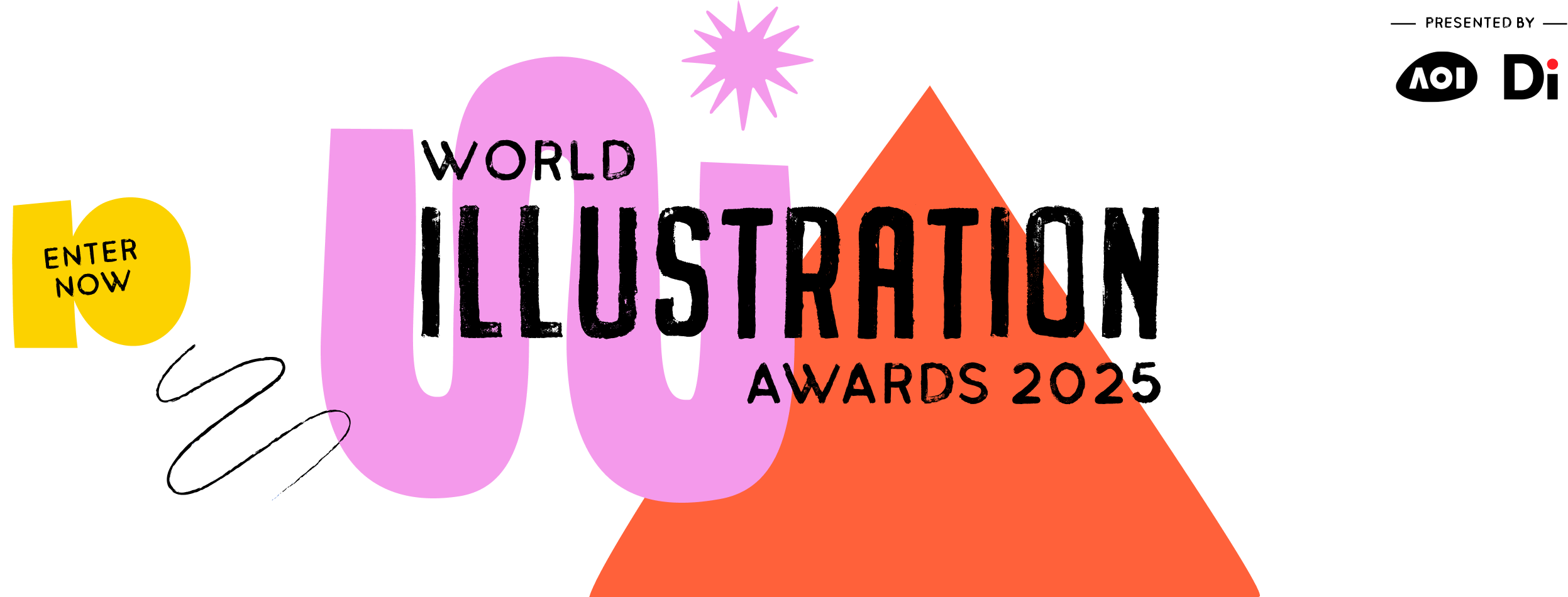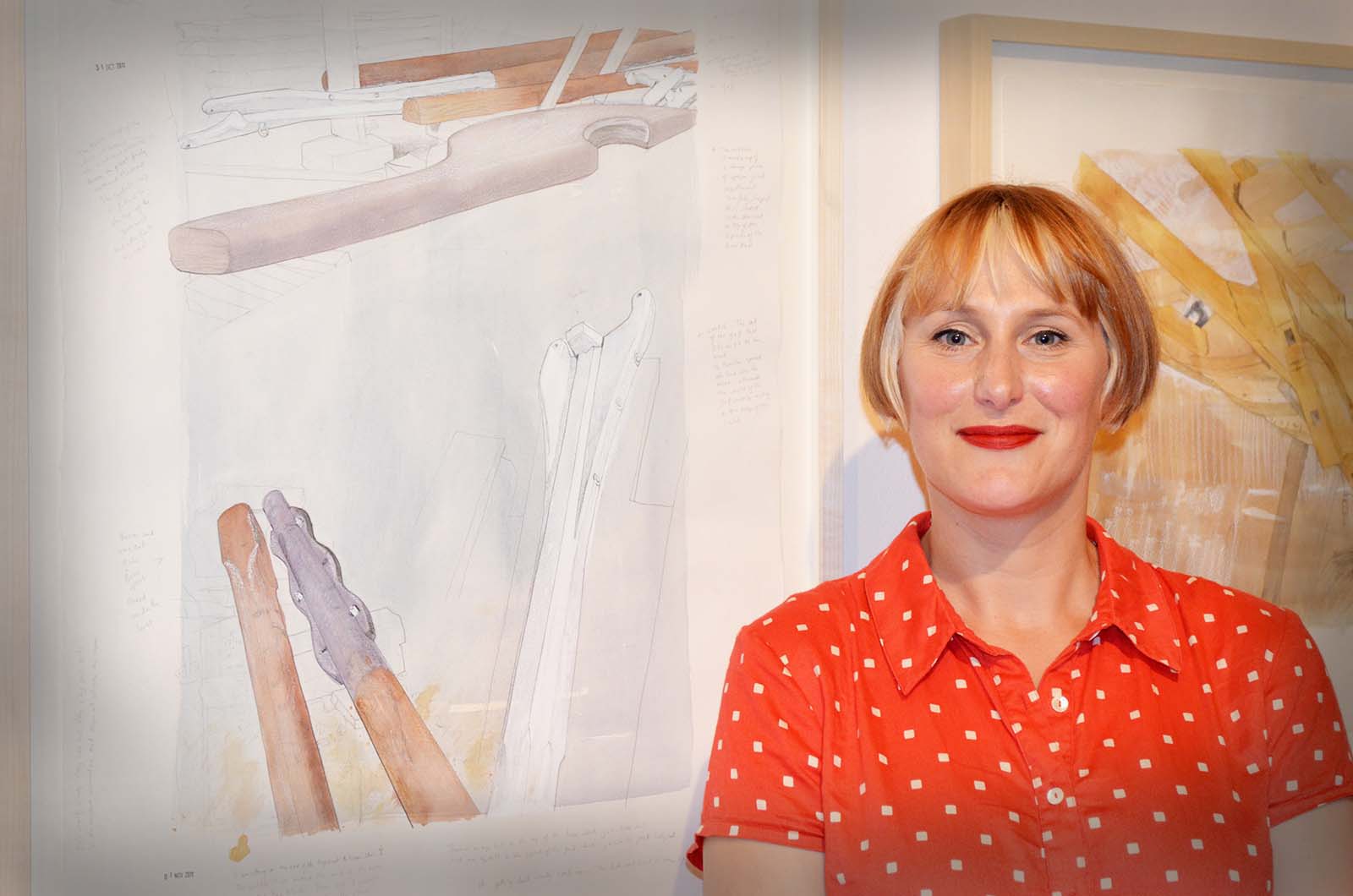
FROM THE LOFT FLOOR
SELF INITIATED CATEGORY WINNER
PROFESSIONAL
Anna specialises in reportage drawing, only working on location to document a subject first hand. She completed an MA in illustration, Authorial Practice at University College Falmouth and has worked as a freelance illustrator since 1995. Her clients have included, Marks and Spencer, WH Smith, Symthsons, Boots, Cambridge University Press, Clare Maddicott Publications, Phoenix Trading and Atlantic Press.
Anna is based in Plymouth in the UK and you can see more of her work at annacattermole.com.
From the Loft Floor is a series of 50 reportage drawings that document the traditional wooden boat making process. The National Maritime Museum Cornwall were so impressed by the artist’s ability to capture the techniques, skills and knowledge involved that they subsequently exhibited the series to complement a series of objects in their collection that relate to these traditional techniques.
The judging panel felt that the project was a fantastic example of how a sense of curiosity combined with a personal interest can lead to a commission or public project. Colour is used very effectively to create a sense of continuity and unify such a large body of work.
The following is an excerpt from an interview with Anna featured in the awards issue of Varoom magazine.
BRIEF: To use observational drawings to create a visual diary of how a traditional wooden boat is built today, from the laying down of the line drawings to the launch party. Only to work on location, never from photographs or sketches or redraw later away from the location.
MATERIALS: Watercolour, oil pastel and pencil on watercolour paper.
RESEARCH: Into the methods and materials traditionally used in boat construction and how this varies in a modern build. In addition, I have needed to research and compile a glossary of boat terms.
PROCESS: To work on 56cm x 76cm watercolour paper, prepared with a watercolour or tea wash leaving a defined area to draw within and a white frame for written notes.
RESISTANCES: Putting on my thermal underwear, dirty work clothes and collecting pencils and paper (that has been previously prepared) and actually trudging through a muddy boatyard, especially in the middle of winter, to draw. Delaying judgment on that particular drawing long enough to make myself continue to sit there, despite the cold and the damp and the frustration, and to make myself do this again and again without a deadline or anyone waiting for the work.
INSIGHT: I need very strict rules to work within. When I go to a location there are so many possibilities within any drawing. What to draw? What viewpoint? Close up or from a distance? What to include within the frame? Do I make multiple drawings on a sheet, or a single drawing, etc…? If I don’t set myself boundaries on format, size, black and white versus colour, materials and on the theme or subject I am trying to capture before I start, it is easy to lose focus.
DISTRACTIONS: Hot tea, heated rooms, getting rained on and Diablo a ginger tom-cat that prowled the boat yard and wanted attention.
NUMBERS: 55 wooden blocks, 500ft of wire and 1000m of rope in Freja’s rig, or 15, the number of items of clothing I regularly wore to draw in.
AFTERWORDS: I often compare my reportage drawings to photography, particularly street photography. Henri Cartier Bresson talked about ‘the decisive moment’, that fraction of a second when all the elements in a narrative align to create the image you want. A drawing cannot capture this, but the extended time it takes to complete a drawing often reveals things that were not apparent at first. As Henry Luce, the founder of Time Magazine said: ‘I know what I‘m going to get when I send in a photographer, but sometimes I like to be surprised, so I send in an artist.’



